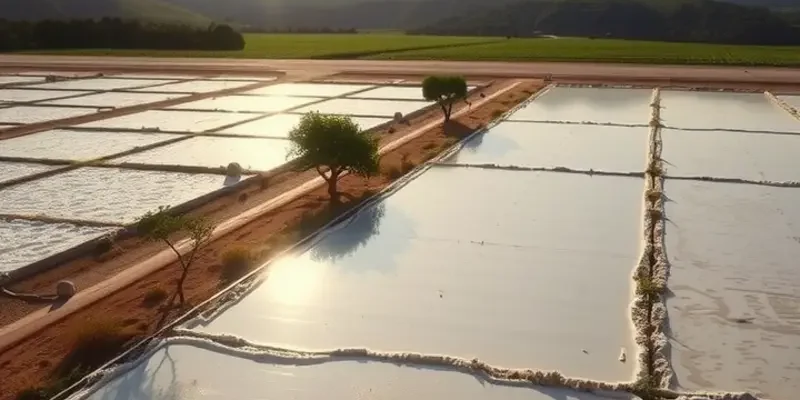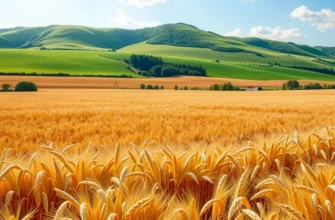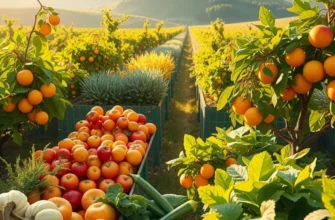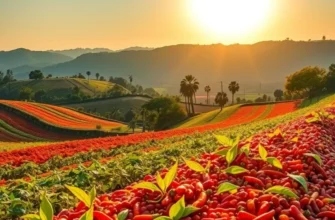From the shimmering shores of the Mediterranean to the rugged salt flats of Bolivia, salt harvesting traditions reflect the essence of local cultures. This essential mineral not only flavors our food but has also shaped economies, customs, and communities throughout history. As we delve into the unique methods and traditions of salt harvesting, we uncover the fascinating stories behind this age-old practice, revealing how it unites people through time and taste.
The Terrior of Salinas: Mediterranean Salt Flats
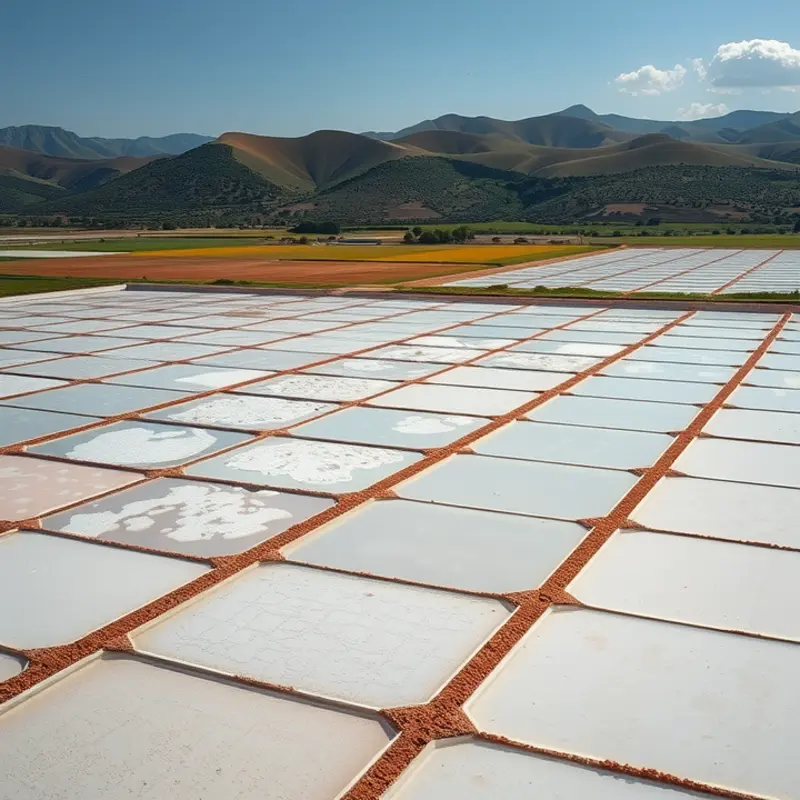
In the heart of the Mediterranean, the timeless landscape of salt flats unfolds alongside the azure coastline. These ancient salinas are not only a geographical wonder but also a cultural emblem. In both France and Italy, salt harvesting has been a revered tradition, handed down through generations, reflecting the unique terroir of each region.
In France, the salt pans of Guérande are legendary. Marshy land is transformed into a patchwork of shallow pools, where glistening salt crystals emerge like gemstones. Here, the paludiers, or salt workers, have mastered the art of gathering the finest fleur de sel. This premium layer of salt is carefully hand-harvested with skillful precision using wooden rakes called las, preserving its delicate texture and flavor. Meanwhile, in Sicily, Italy, vast expanses of salt pans, or saline, dot the coastline. The region of Trapani is renowned for its vibrant salt culture, where the traditional method of extraction is a symphony of sun, wind, and water. Like in Guérande, Sicilian salt is harvested manually, a process involving drying, shaping, and collecting the salt crystals that appear like snowflakes.
Not just a commodity, salt infuses regional cuisines with distinctive flavors. In Provence, sea salt adds a subtle punch to dishes, enhancing the natural taste of vegetables and meats. Italian cuisine reveres the mineral too, particularly in delicacies like Sicilian capers preserved in salt, intensifying their tangy flavor profile. The essence of salt shines brightest in the simplicity of Mediterranean gastronomy, where locally harvested salt elevates every ingredient it touches.
Celebrating salt’s indelible legacy, local festivals showcase its importance to regional identity. The Fête du Sel in Guérande is a jubilant testament to salt’s integral role, featuring parades, culinary events, and music. Meanwhile, in Trapani, the Festa del Sale honors the annual salt harvest with traditions that include reenactments of classic harvesting techniques and tasting sessions of salt-enriched regional dishes. These festivals bring communities together, reinforcing a collective appreciation for the land and its gifts.
The Mediterranean’s salt story is a lesson in sustainability and heritage, interweaving nature’s bounty with cultural richness. As modern culinary trends lean toward flavorful alternatives, understanding this historic relationship with salt can deepen our appreciation of simple, elemental ingredients. To explore more about integrating such natural ingredients in daily cooking without relying heavily on salt, consider flavor boosters without salt. Reveling in these practices not only invokes nostalgia but also honors the wisdom of ancient traditions, showcasing the timeless allure of the Mediterranean salt flats.
Andean Treasures: The Salinas Grandes of Bolivia

Nestled within the striking landscapes of Bolivia lies the Salinas Grandes, a vast expanse of shimmering salt flats that captivates the eye and spirit. The Salinas Grandes represent not only a geological marvel but also a cradle of millennia-old salt harvesting traditions deeply woven into the culture of the Andean people.
The indigenous communities surrounding these magnificent flats, including the Quechua and Aymara, have long maintained a harmonious relationship with the land. Their artisanal methods of salt harvesting reflect a profound understanding of nature’s rhythms. During the dry season, the water covering the flats evaporates, leaving behind a thick crust of raw salt. Harvesters skillfully cut the surface into manageable tiles with simple tools, respecting traditional practices passed down through generations.
This process is more than just a means of livelihood; it is a cultural ritual signifying the community’s unity with the earth. The harvested salt undergoes a meticulous washing and drying process, preserving its organic purity. These meticulous practices ensure that the salt retains its mineral richness, distinguishing it from industrially processed alternatives.
Salt plays an integral role in Andean cuisine, enhancing the flavors of local dishes while providing essential minerals to the diet. From zesty corn-based soups to flavor-infused llama meat, the salt of Salinas Grandes is a cherished ingredient. This ties into the broader culinary culture, where traditional methods complement the evolving tastes influenced by external culinary exchanges. Readers curious about such global culinary influences may find intriguing insights in Culinary Influences Through Trade.
Economically, salt harvesting continues to be a cornerstone for local communities, providing sustainable livelihoods and fostering eco-friendly practices. The preservation of traditional methods not only supports the economy but also protects the ecological balance of the region. As global demand for unique and organic products rises, the pristine salt of the Salinas Grandes finds its way into international markets, symbolizing cultural heritage as well as economic opportunity.
Visiting the Salinas Grandes offers a glimpse into a world where the landscape is both a canvas and a resource. The stark beauty of the endless white horizon and the rhythmic dance of salt extraction forge a connection between people and the land. It is a testament to the resilience and adaptability of the Andean communities, ensuring that their salty heritage endures for future generations.
Final words
The traditions surrounding salt harvesting are not just about collecting a mineral; they are about preserving cultural heritage, sustaining communities, and celebrating the connections between food and place. From the Mediterranean to the Andes, these practices are a testament to human ingenuity, resilience, and the universal love for flavor. As we savor the salt in our meals, let us also remember the labor, love, and history embedded in every grain.

